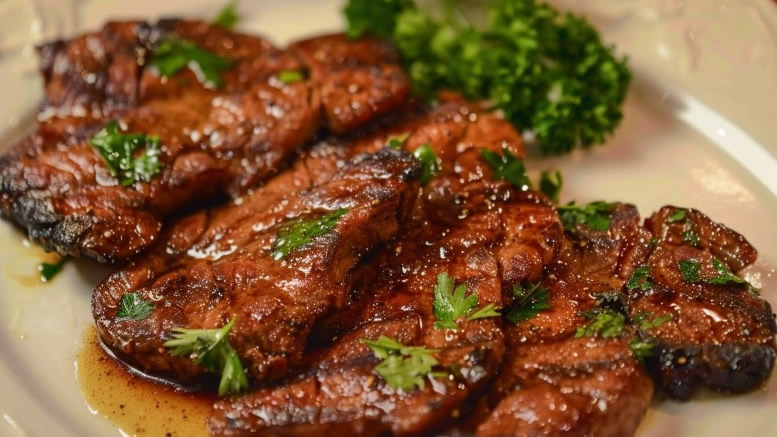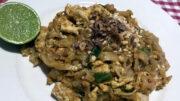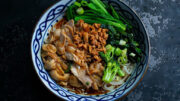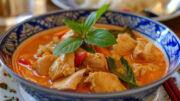Thailand’s cuisine, influenced by India and China, boasts a distinct identity shaped by its rich cultural heritage and abundant natural resources.
Situated on the Southeast Asian peninsula, Thailand is blessed with fertile lands and abundant waterways, providing ample rice paddies and a bounty of fish. Fish sauce, shrimp paste, and an array of indigenous spices and produce—coconut milk, lemongrass, tamarind, ginger, and chili—lend Thai cuisine its distinctive flavors and aromas.
Thai food, characterized by stir-frying, steaming, and grilling, is centered around rice, with long-grain rice favored in the south and sticky rice in the north. Noodles, introduced from China, also feature prominently in Thai cooking, often accompanied by curries and flavorful sauces.
Due to the expense of meat, Thai dishes typically use meat sparingly, incorporating it into sauces or stir-fries with vegetables to enhance flavor and texture. Contrary to popular belief, Thai cuisine is enjoyed with a spoon and fork, reflecting the unique dining customs of the region.
Beyond its renowned street food stalls and bustling markets, Thailand also boasts a vibrant culinary scene with world-class restaurants and innovative chefs pushing the boundaries of traditional Thai cuisine. From aromatic green curries to fiery papaya salads and fragrant mango sticky rice, every dish in Thailand is a celebration of flavors, textures, and culinary creativity.
Whether dining in a humble eatery by the roadside or indulging in a gourmet meal at a luxury resort, Thailand offers a culinary journey like no other—a feast for the senses that captivates and delights food lovers from around the globe.





